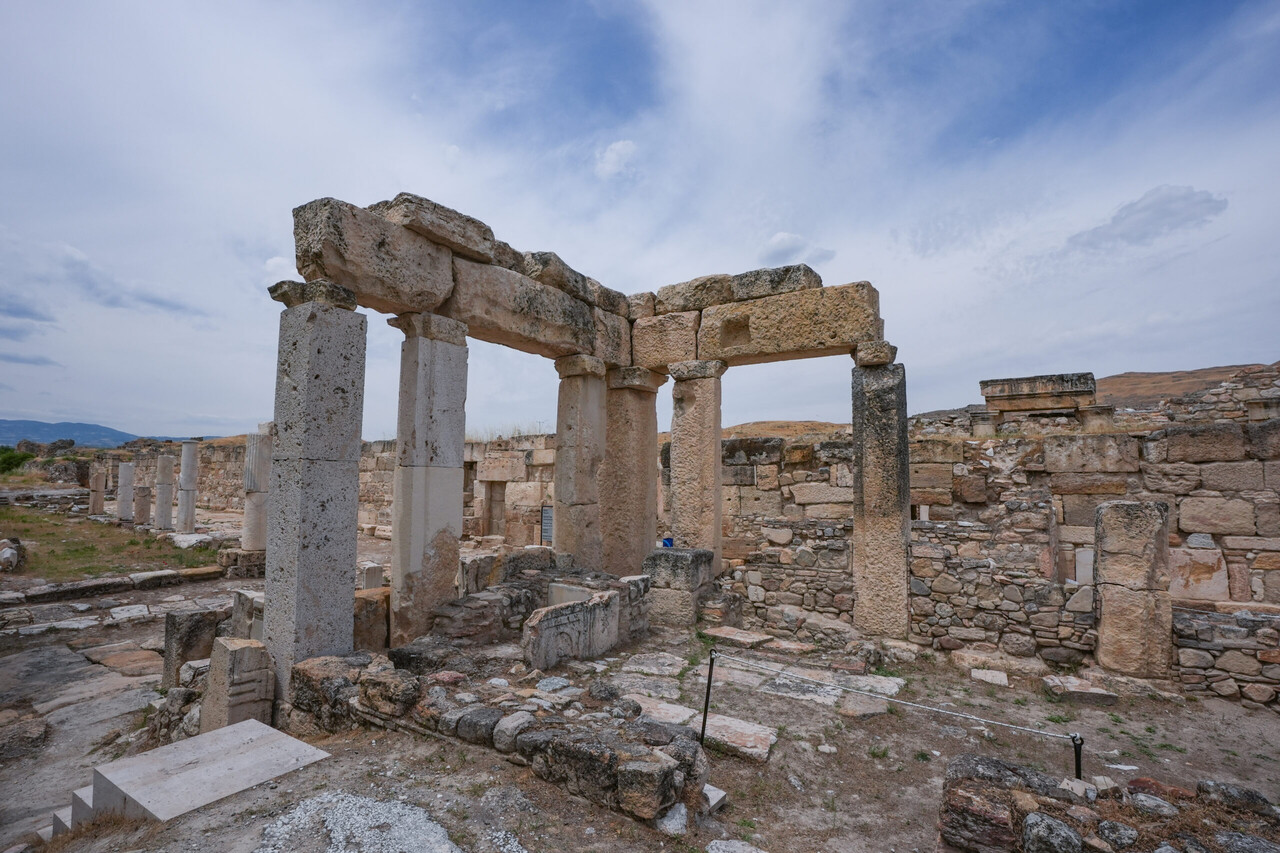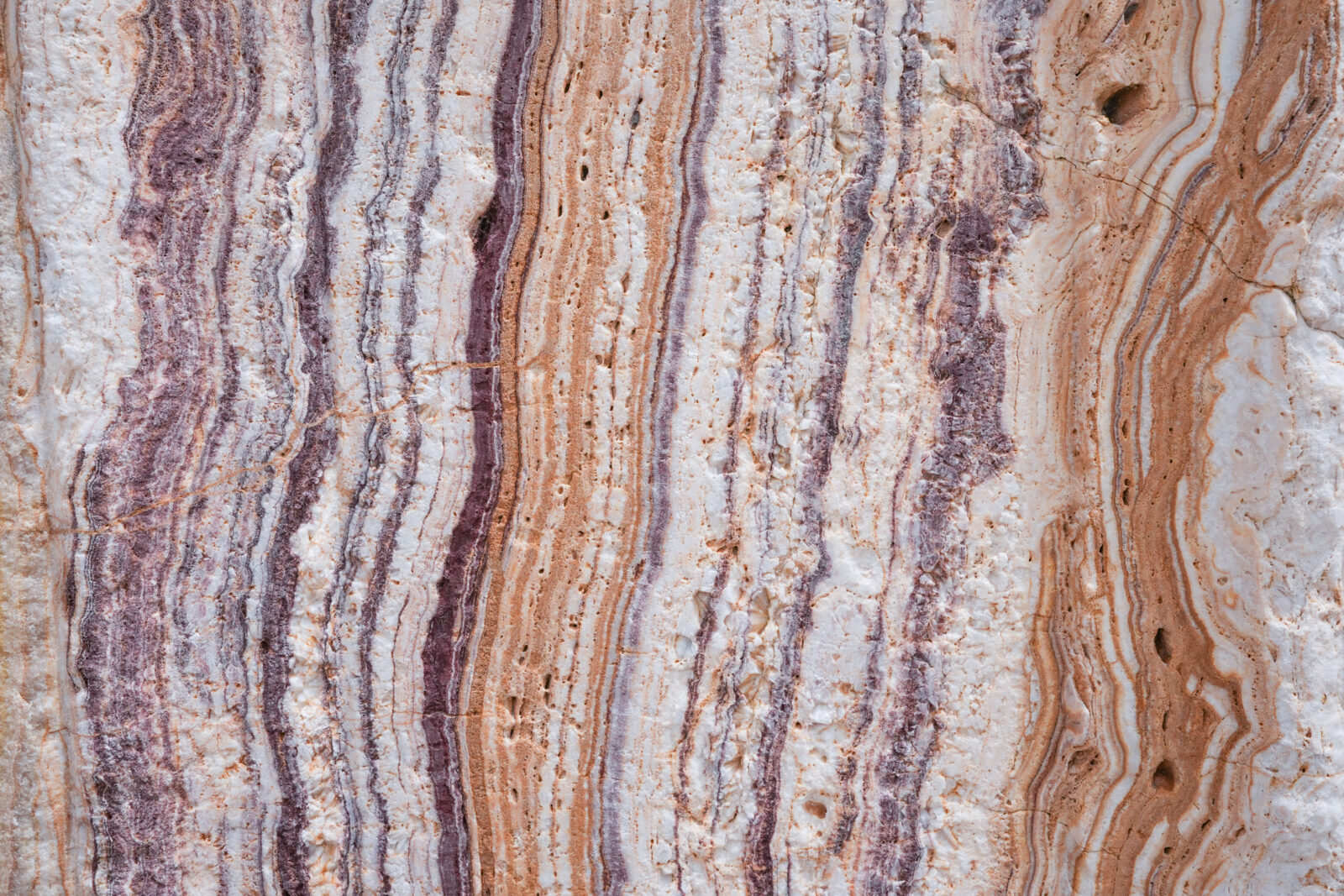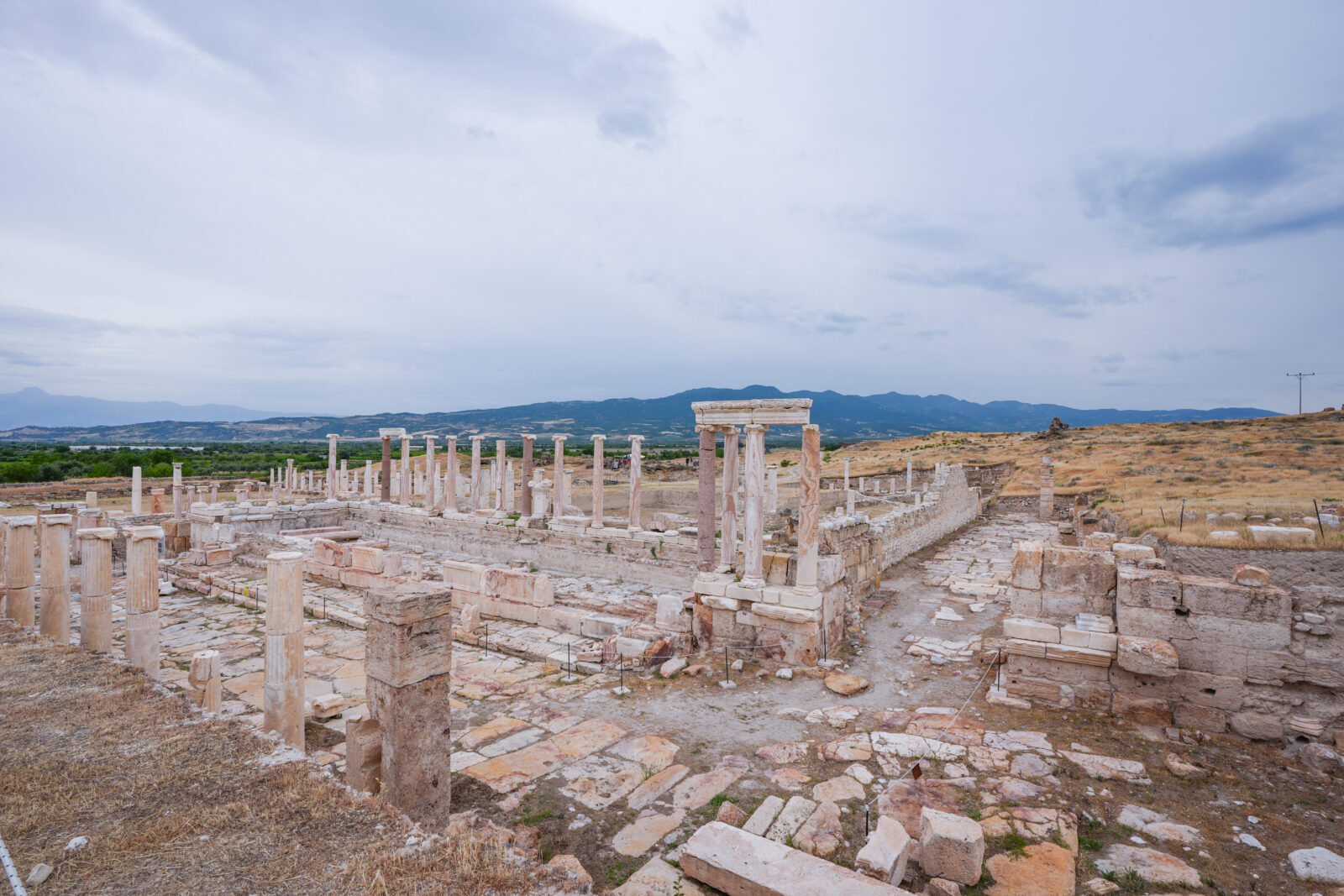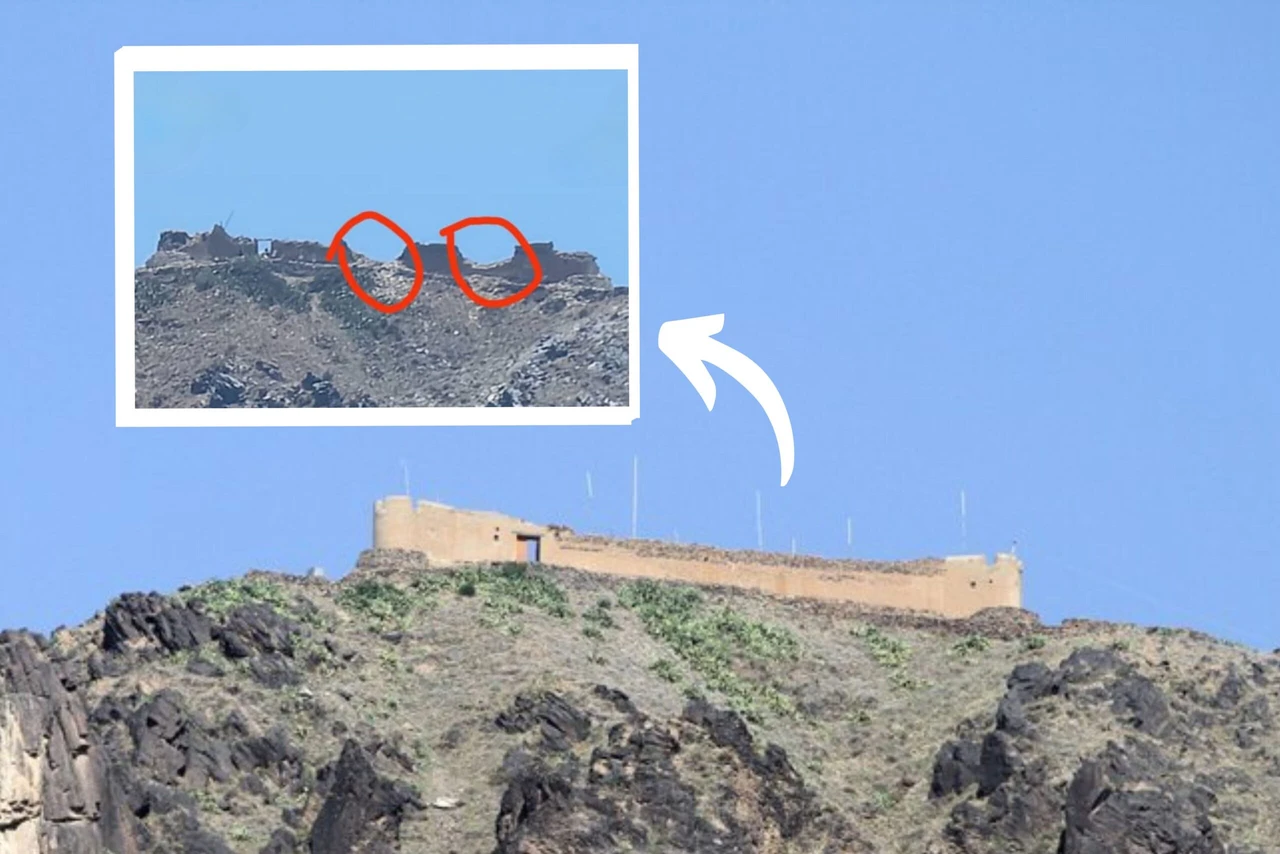Archaeologists reveal 2,000-year-old Roman artifacts in Denizli’s Tripolis
 The Temple of Trajan in Pergamon, Bergama, Türkiye. (Adobe Stock Photo)
The Temple of Trajan in Pergamon, Bergama, Türkiye. (Adobe Stock Photo)
The ancient city of Tripolis, located on the hilly banks of the Buyuk Menderes River in Denizli’s Buldan district, has been gradually revealing its historical treasures through ongoing excavations since 2012.
Led by Professor Bahadir Duman from Pamukkale University’s Archaeology Department, the team of Turkish archaeologists offers a fascinating look into the Roman and Byzantine eras – presenting a range of well-preserved structures and artifacts.
Natural preservation by erosion

Erosion has played a crucial role in preserving Tripolis. Over the centuries, soil from the northern hills covered the city, creating a protective “blanket” up to 9 meters thick. “Tripolis is one of the most intact ancient cities in Western Anatolia,” stated Duman.
He attributed the remarkable preservation of the city’s structures to this natural soil cover – which shielded them from the elements.
Unearthing historical treasures

Excavations have unearthed a wealth of artifacts and structures. Significant finds include a 2,000-year-old olive oil workshop, a 1,500-year-old stone-cutting workshop, and a monumental fountain. The fountain, adorned with statues of gods, goddesses, and notable figures of the time, dates back to the 2nd century A.D. and has undergone several restorations following earthquakes. Marble, granite and travertine columns from prominent quarries in Egypt and the Mediterranean region were transported to construct this fountain.
The site also features 1,700-year-old frescoes depicting Roman shops similar to modern-day restaurants, a 1,500-year-old church, and statues of Tripolis administrators. Additionally, archaeologists have found a 1,900-year-old granary, a 2,000-year-old Roman marketplace, and elements of “Ludus duodecim scriptorum,” an ancient game similar to backgammon.
A journey through time

Tripolis spans 280 hectares, with current efforts focusing on the city’s heart. “In 12 years, we have concentrated our efforts on the city center. Before 2012, there was little visible on the surface, but now visitors can explore numerous public and private architectural wonders,” explained Professor Duman. The city now attracts an increasing number of visitors because of these discoveries.
Plans include the “Legacy to the Future Project,” which aims to enhance the visitor experience. The project will add a welcome center at the city entrance, new signage and improved lighting.
Archaeological efforts this year will concentrate on the agora’s adjacent council building and the continued restoration of the monumental fountain, expected to be completed by year’s end.
For tourists, Tripolis offers a unique journey through time. Visitors can walk through ancient streets, explore shops that resemble modern-day restaurants, and see the remains of significant public buildings.
“We are not just revealing massive structures; we are also studying the living conditions of the period,” Professor Duman emphasized.
As the site continues to be uncovered, it provides an invaluable window into the past, preserved by the very forces of nature that once sought to bury it.



